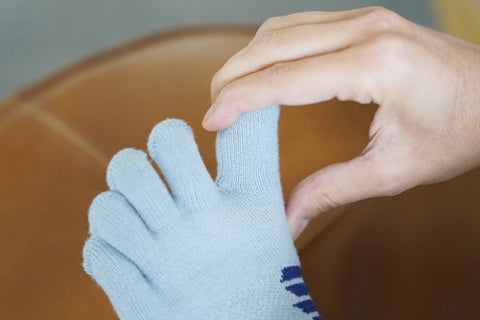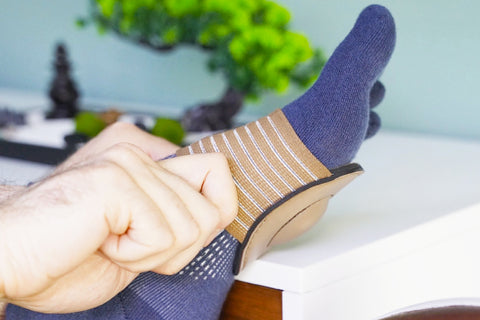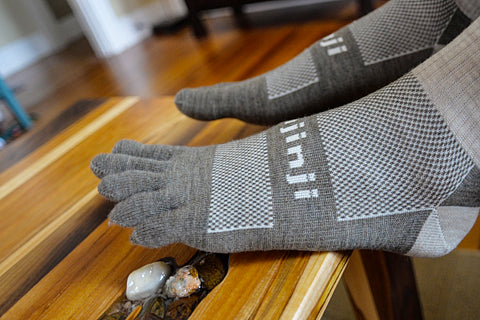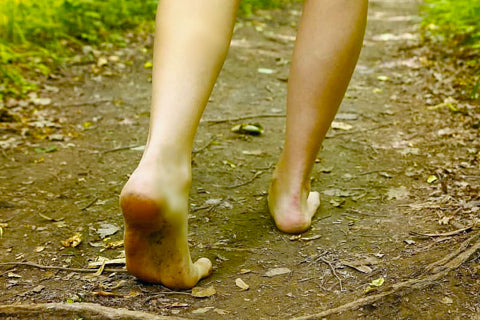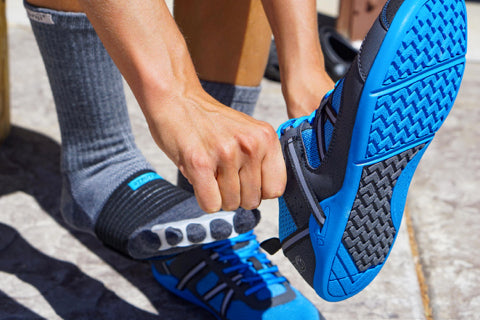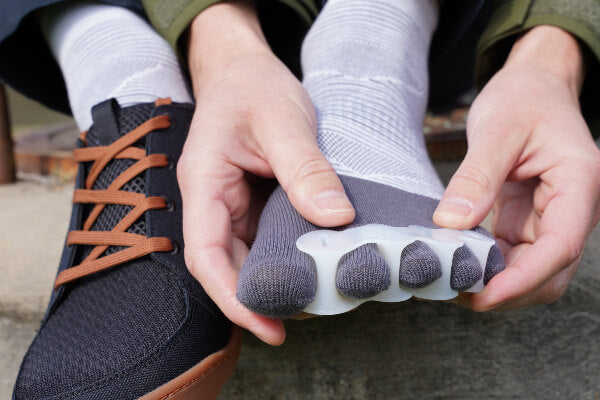Are Chiropractic Foot Adjustments Helpful?
 Chiropractic manipulative therapy (CMT) involves the application of pressure to a specific joint or set of joints in the body (by a chiropractic physician) in order to improve the alignment and function of that joint or joints, or to reduce pain or discomfort in that region. When most people think of CMT, they think of manual (aka osseous) adjustments delivered to the spine, and this is indeed the most common...
Read more
Chiropractic manipulative therapy (CMT) involves the application of pressure to a specific joint or set of joints in the body (by a chiropractic physician) in order to improve the alignment and function of that joint or joints, or to reduce pain or discomfort in that region. When most people think of CMT, they think of manual (aka osseous) adjustments delivered to the spine, and this is indeed the most common...
Read more

